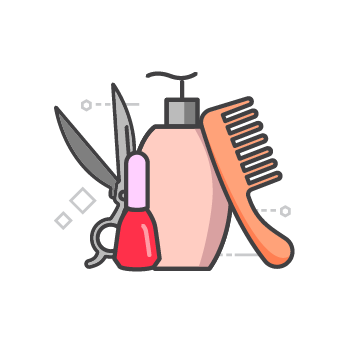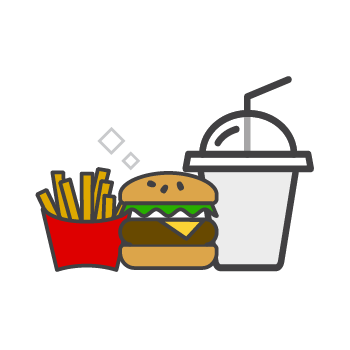Let’s Chat: A One-On-One with the Curaçao Sea Aquarium and Dolphin Academy Curaçao
by Lou-Ann Jordan Apr 17, 2023
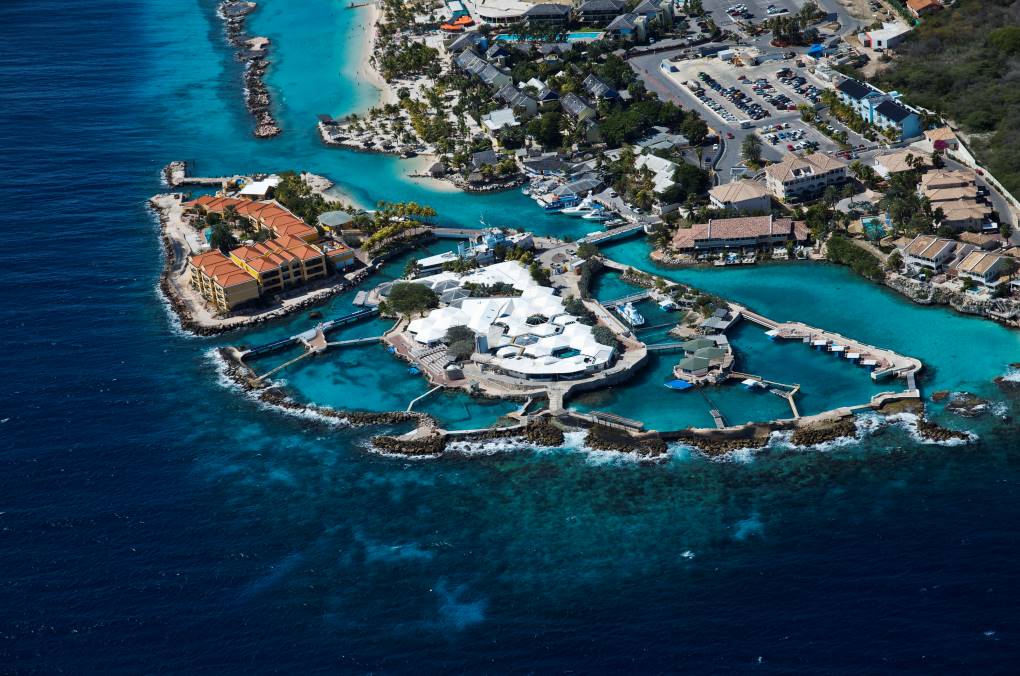
There are many reasons to visit the beautiful southern Caribbean island of Curaçao.
Its stunning vistas, quaint architecture, beautifully diverse culture, and warm, friendly people are more than enough reasons. Still, in 1984 Adriaan ‘Dutch’ Schrier provided another, one that continues to draw many visitors each year, the Curaçao Sea Aquarium Park. A lover of aquatic wildlife, he founded the Aquarium park to allow everyone to experience the Caribbean’s beautiful marine life.
Since then, the Curacao Sea Aquarium Park and Dolphin Academy Curaçao have continued to attract locals and visitors alike, with annual pre-COVID figures climbing to over 120,000. It’s no wonder, one among a relatively small number of aquariums found in the Caribbean, the Curacao Sea Aquarium and Dolphin Academy offer exhilarating escapades for all to enjoy.
Those visiting step into a marine life wonderland, home to dolphins, sharks, stingrays, turtles, and an array of colourful, tropical fish. Equally thrilling is the prospect of swimming with the dolphins, one of the activities that have garnered significant interest since its introduction.
With the Dolphin Academy Curaçao celebrating its 21st anniversary this year, we thought it an opportune time to learn more about how it started and its development over the years. Read on as we also share several interesting facts about dolphins. You’re likely to want to book a tour and have a swim with the dolphins at the end.
What led to the establishment of the Dolphin Academy?
There was always a vision to have a dolphin facility on Curaçao as an extension of the Curaçao Sea Aquarium Park. The aim was to offer visitors the opportunity to meet these unique and intelligent mammals up close. Also, our mission has always been to present the truth about dolphins despite their popular and sometimes mythological image. Combining information with personal interaction, we encourage a sense of wonder and fascination based on fact, not fiction. Our sincere hope is that facilitating a connection between dolphins and humans will foster care and concern for the welfare and protection of dolphins and their environment.
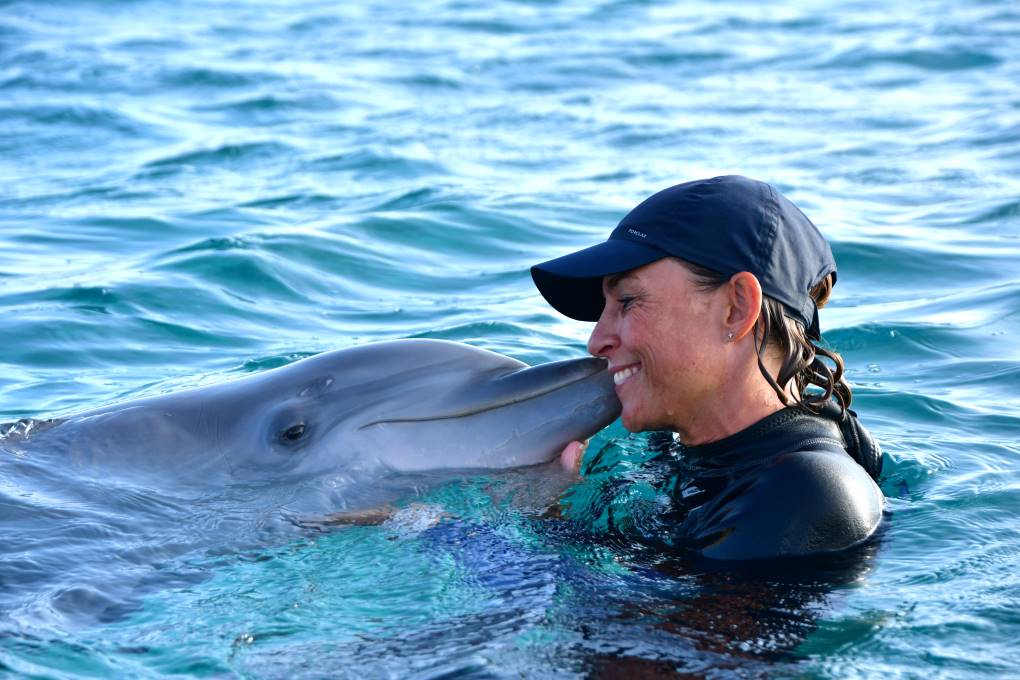
The Academy is home to the coastal bottlenose dolphins. Why was that species of dolphin chosen?
We chose the coastal bottlenose dolphins for several reasons. There are at least 36 different species of small-toothed whales classified as dolphins. Many of them are pelagic, meaning they swim through vast expanses of the open sea in enormous pods. Yet eight species never inhabit the open sea, choosing to live within a limited home range among the shallow coastal waters of specific bays, estuaries, and river mouths. One such species is the coastal ecotype of the bottlenose dolphin (the species at Dolphin Academy).
For generations, the coastal bottlenose dolphins have lived within a bay 20 km long, and 7 km wide, with an average depth of only 2 meters. These dolphins are most often displayed among aquariums throughout the Americas and Europe. A primary reason they have adapted so well, born and raised for generations in human care, is their natural tendency to associate in small groups within shallow water.
As far as the dolphins’ social well-being in human care, the most crucial factor is granting them the space and ability to form natural personal bonds with each other as their community matures and produces offspring of their own. At Dolphin Academy, we have found that given the space and opportunity to associate as they choose, they adopt natural patterns of the social dynamic found in nature. Lagoons surround two-thirds of the Sea Aquarium island and connect with the ocean. This connection allows a constant flow of fresh seawater and numerous fish and invertebrate species.
Additionally, the Roatan Institute of Marine Sciences (in Honduras) had many years of successful breeding and was looking for a location similar to their facility (including open water programmes and the same animal welfare mindset) to place six of their animals. The Dolphin Academy Curaçao was, therefore, a perfect match.
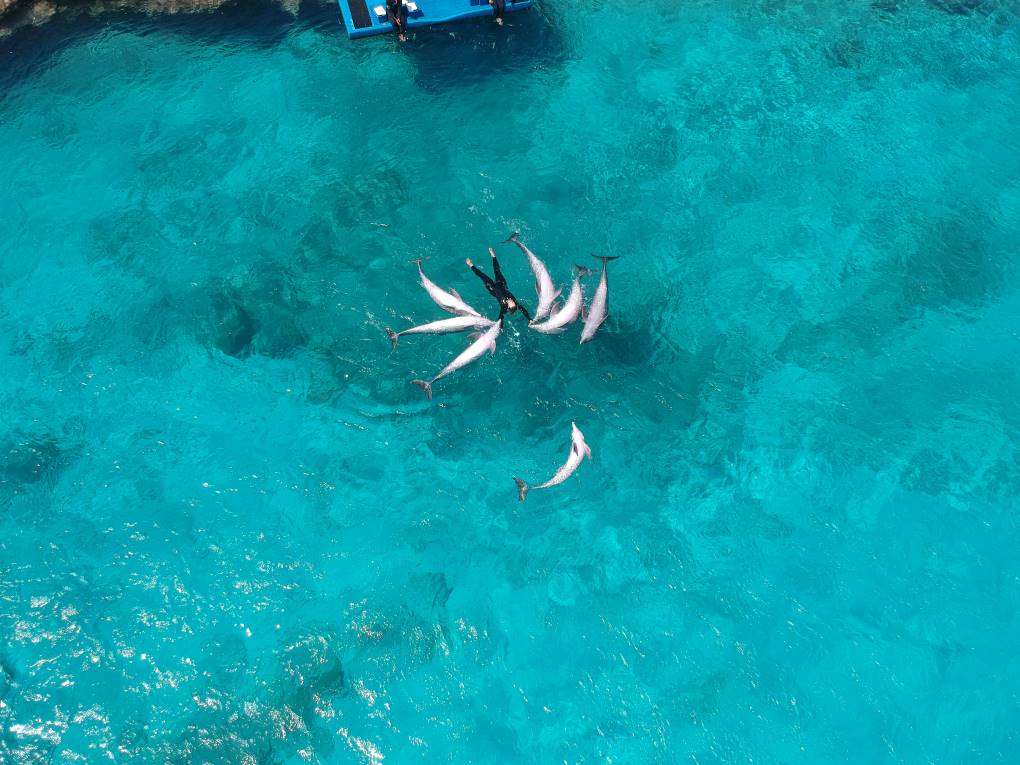
How many dolphins does the Academy now have?
We now have 23 coastal bottlenose dolphins residing in the lagoons of Curaçao Sea Aquarium.
What would be considered a typical day for the dolphins at the Academy?
A typical day for the dolphins in Curaçao starts with breakfast at 8 am. Trainers begin working at 7 am to prepare the dolphins’ first meal, one of six throughout the day.
Every morning, trainers accompanied by our veterinarian, Dr Francia, examine the dolphins to make sure each is in good physical condition. We are fortunate to have a healthy community, and the dolphins make it easy for us to keep it that way.
Later at about 9 am, the dolphins engage with the trainers in various activities. Some participate in interactive programmes with our public guests, including swimming, snorkelling, and even scuba diving in the open sea. Some dolphins have simple social or play sessions, while others accompany the trainers on their boat to neighbouring beaches, like Mambo or Jan Thiel Beach.
There are also scheduled training demonstrations throughout the day, allowing guests to see how training works and the dolphins learn. However, we spread out the activities throughout the day, ensuring we leave plenty of quiet time in between for the dolphins to have time to themselves.
Our last feeding session with the dolphins ends at 5 pm. Even though their human interactions are over, the dolphins continue to play and socialise with each other until dark. The adults are pretty restful at night; however, the calves often get rowdy just after midnight, forcing their mothers to keep a watchful eye until they tire out and rest another hour or two. The kids go at it again around 3 am, settle down by 4 am, and rest again until sunrise. The males are the first adults to get completely active again, often starting their day just before dawn and not choosing to sleep again until the early evening.
What do the dolphins eat?
The dolphins eat fish. Adult dolphins can eat up to 16 kilos per day. Mothers nursing their calves eat the most, while the youngest dolphins eat very little. Baby dolphins will nurse for up to three years, so their fish consumption grows very slowly. They often do not start eating fish until after their first year. It is important to note that the dolphins are fed throughout the day, regardless of their involvement with programmes.
All dolphins born here were fully trained and participated in interactive programmes before eating a single fish. Food is never used as a means to motivate the dolphins. If we want them to cooperate with us, we must be interesting enough.
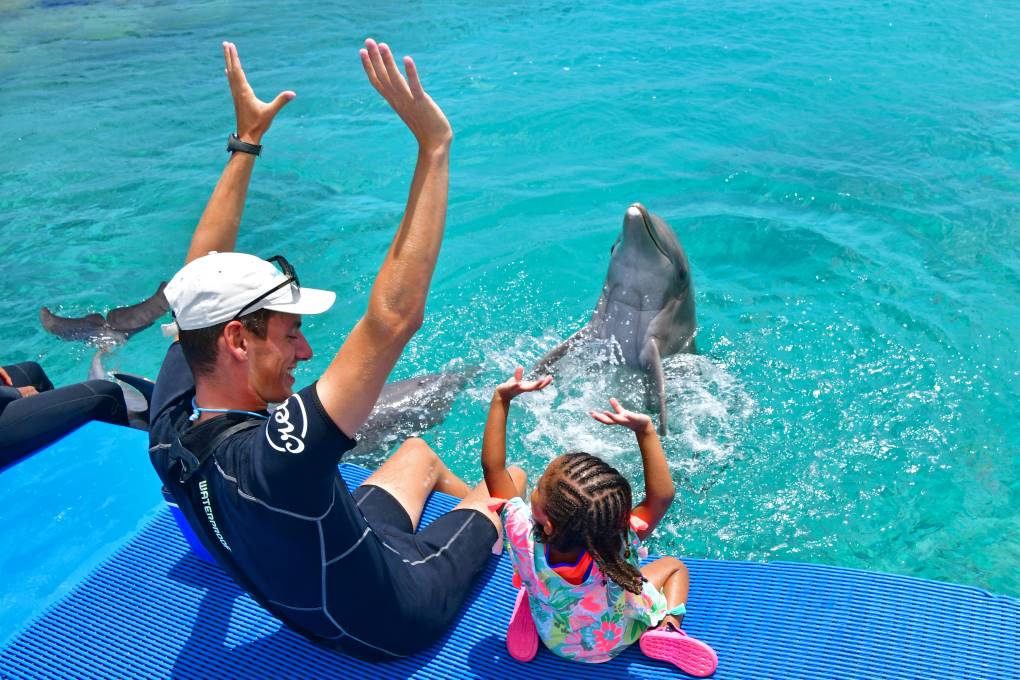
What’s involved in ensuring the dolphins are healthy?
We begin with their daily checks with the veterinarian. Additionally, they cooperate by volunteering complete body exams, fitness tests, and even blood samples and cultures when we ask them. If an illness does occur, Dr Francia works to isolate the cause and prescribe medications if necessary. Dr Francia even has a portable ultrasound machine, which he can use for voluntary internal examinations and regular updates on each female’s reproductive cycle. Typically, the only supplements the dolphins receive are vitamins.
The Academy will celebrate its 21st anniversary this year. Upon reflection, what milestones have been achieved?
Over the years, we have achieved many milestones. Four significant ones are that more than 20,000 local children have participated in our educational programme. We have also welcomed over 600,000 guests to the Dolphin Academy, all of whom left with a memorable experience and were more educated about the coastal bottlenose dolphin and their environment. Moreover, since the start of the Dolphin Academy Curaçao, we have had 13 healthy baby dolphins born at our facility. Lastly, we have built a strong, dedicated and knowledgeable team motivated to make a difference every day! Without them and all their hard work, we would never have made it this far.
What significant developments are anticipated over the next five years?
As we look to the next five years, we want to expand our Education department and educate the public about Dolphin Academy. Another is to expand our global impact by increasing our participation and support in projects such as marine mammal research and collaborations with universities, etc. We also want to continue creating new and innovative experiences for our guests and the dolphins.
For more information on the academy, visit them at www.dolphin-academy.com or on Instagram, Facebook and Tiktok.




